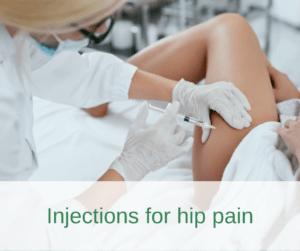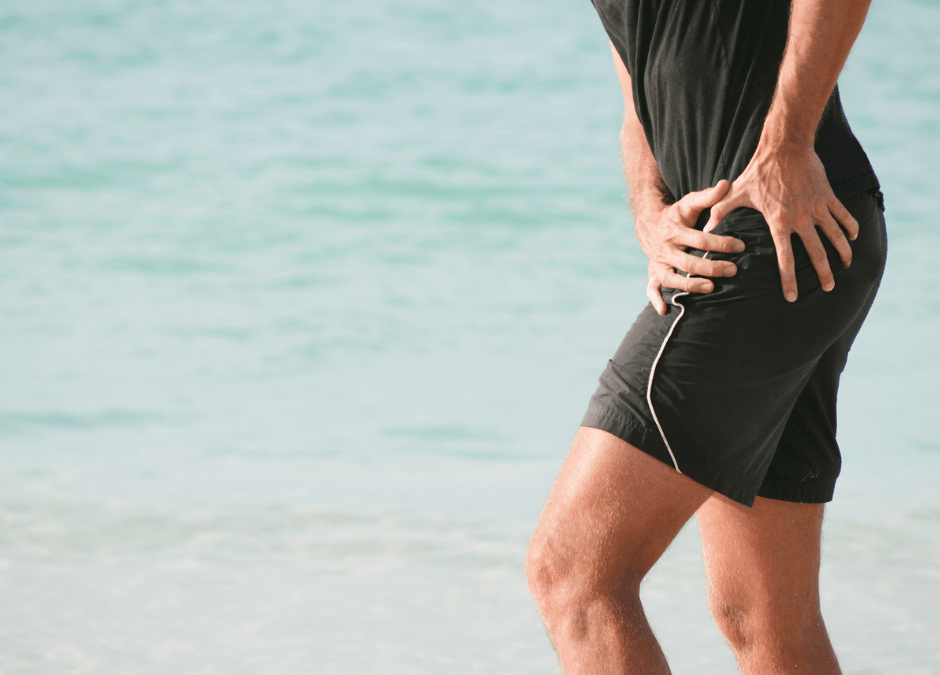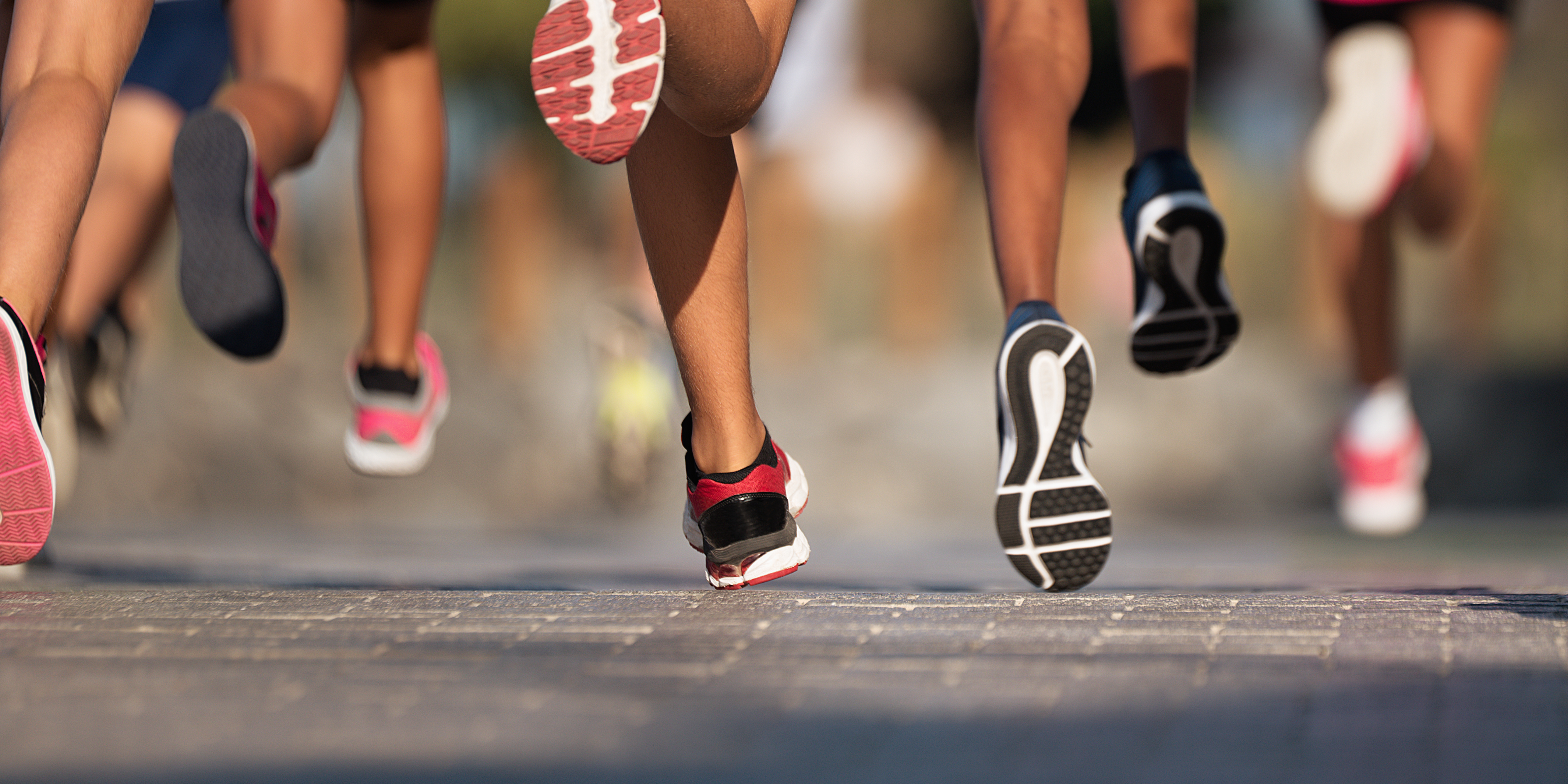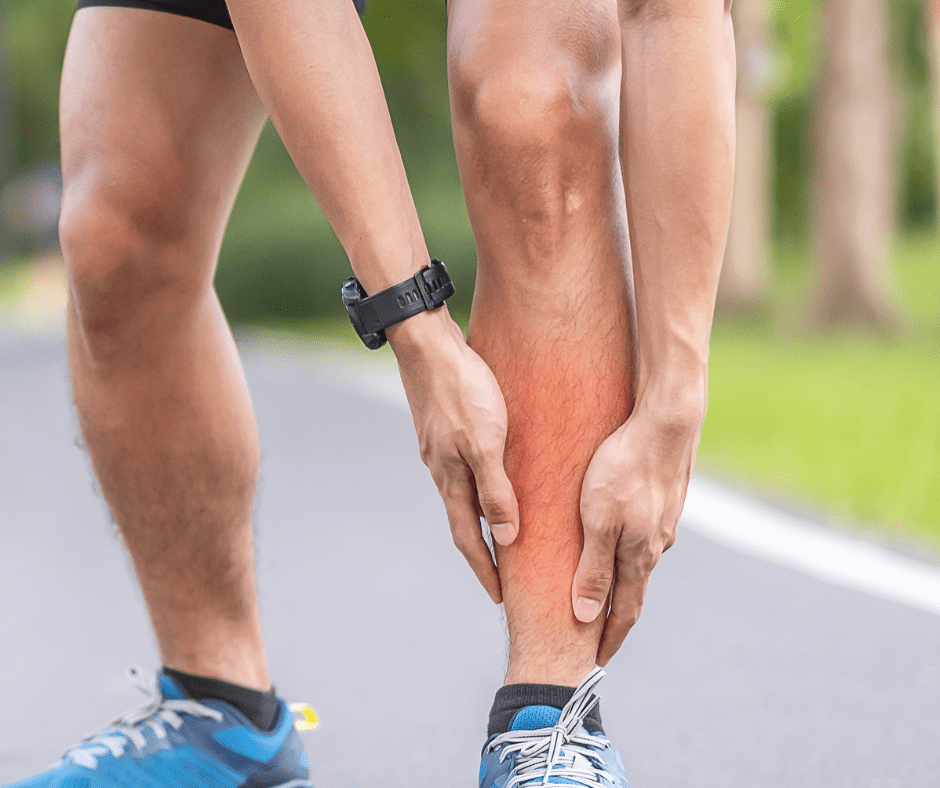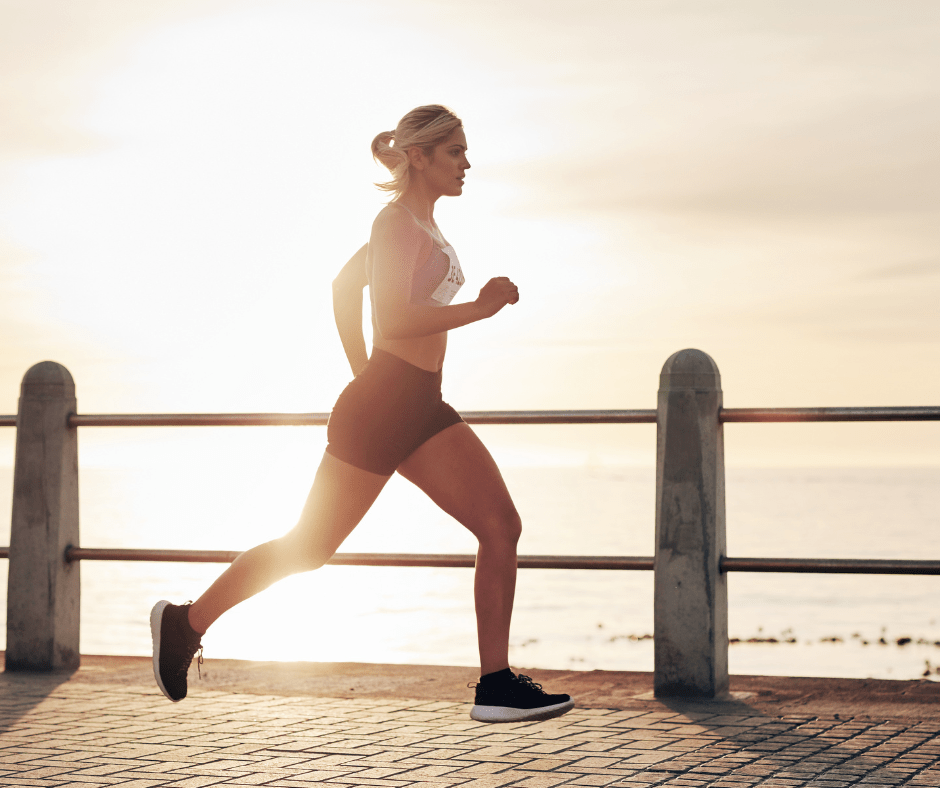What is greater trochanter pain syndrome?
There is a painful condition on the outer side of the hip called greater trochanter pain syndrome that affects 2 in 1000 people. It is often referred to as trochanteric bursitis, however we now understand that in many cases there is no bursitis and therefore other structures are causing the pain. It is prevalent in two different groups: middle aged women and runners.
Gluteus medius tendinopathy
We now understand that the pain comes from degenerative changes affecting the tendons of the gluteal muscles primarily, as well as the bursa at times. Patients complain of pain on the lateral aspect of the hip that is often made worse with prolonged sitting, stairs lying on the affected side or with activities such as running. It is not fully understood why this affects middle-aged women more than others however it may be to do with women having a wider pelvis and a greater Q angle (the angle of the thigh bone) which then causes compression of the gluteal tendon on the trochanter (thigh bone). Being overweight is also a risk factor for greater trochanter pain syndrome as more load is put through the hips.
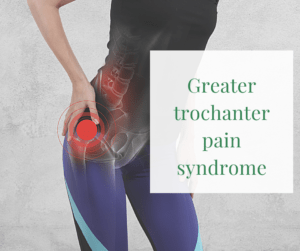
We also know that runners can suffer from this problem particularly if they have upped their training distance, frequency or changed the surface they run on, for example such as starting to train for a marathon. It can be quite simple to assess someone with greater trochanter pain syndrome as observing a single leg squat will highlight whether the hip not being stood on drops below the level of the hip being stood on during the squat. This indicates weakness of the gluteal muscles and tendons, and this will manifest in hip pain during running. The hip tendon can also be visualised on the ultrasound to see whether the structure of the tendon is healthy or degenerative.
How do you treat greater trochanter pain syndrome?
Treatment options include changing the loading through the hip, this might include losing weight or reducing running volume, as well as reducing the time spent sat down. Strengthening the gluteal muscles and tendons is also paramount with exercises such as clams, wall slides and single leg squats. Adjuncts to treatment include shockwave therapy delivered over the hip tendons which helped to create some microtrauma and a healing response in the tendon. Ultrasound guided steroid or PRP injections into the tendon and the bursa can also help to improve regeneration of the tendon, improve functional on reduce pain. We have found ultrasound guided injections of PRP very useful for gluteus medius tendinopathy.
